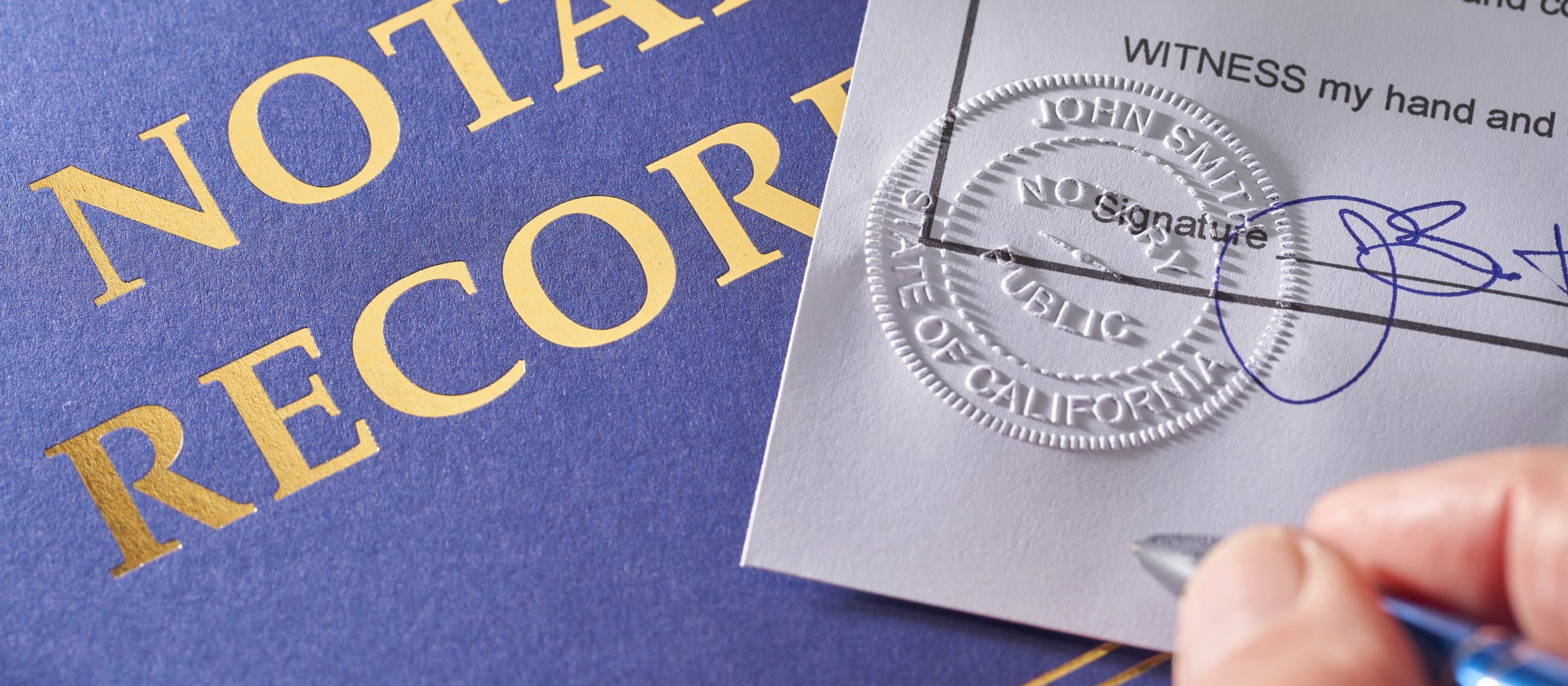With the continuous advancement of the construction field, the professional knowledge involved has become increasingly rich, and the requirements for translation have become stricter. With the promotion of internationalization, enterprises in the construction industry are actively seeking international cooperation, leading to an increase in the demand for construction translation. So, how do professional translation teams ensure precision and accuracy when translating in the construction field?
I. Recognize the Diversity and Professionalism of Construction Materials
The construction field involves a wide range of material types, such as bidding documents, contracts, construction drawings, bills of quantities, technical specifications, etc. These materials possess a high degree of professionalism and rigor. When undertaking construction translation projects, professional translation companies will first conduct an in-depth analysis of the material types to ensure that translators possess corresponding professional knowledge and practical experience. At the same time, construction materials abound with numerous professional terms, abbreviations, and complex charts and data, requiring translators to maintain a high degree of accuracy and professionalism during translation.
II. Master Architectural Terminology and Abbreviations
The construction field boasts numerous professional terms and abbreviations, such as "CAD" (Computer-Aided Design) and "BIM" (Building Information Modeling). The accurate translation of these terms and abbreviations is crucial to translation quality. Professional translation companies prioritize the accumulation and updating of professional terminology by translators, ensuring they can accurately understand and translate these terms through the establishment of terminology databases and regular training. For unfamiliar terms, translators will actively consult relevant materials or experts to guarantee the accuracy and professionalism of the translation.
III. Focus on Context and Precise Vocabulary Selection
Documents in the construction field require a high degree of professionalism and legal effect, making the selection of vocabulary and grasp of context crucial. During the translation process, professional translation companies will choose the most appropriate vocabulary based on the specific context to avoid ambiguities and misunderstandings. At the same time, for clauses and regulations with legal effects, translators will pay special attention to maintaining the legal meaning and tone of the original text to avoid legal risks arising from improper translation.
IV. Deeply Understand Architectural Drawings and Design Documents
Architectural drawings and design documents are core components of the construction field, containing abundant professional information and details. When translating such documents, professional translation companies will require translators to possess certain architectural knowledge and design capabilities to accurately understand and translate information such as dimensions, shapes, and structural requirements in the drawings, ensuring consistency and accuracy between the translated drawings and the originals.
V. Ensure Language Fluency and Readability
Beyond accuracy, construction translation also requires attention to language fluency and readability. During the translation process, professional translation companies will require translators to use appropriate grammar and vocabulary to make the translation smoother and easier to understand. Meanwhile, considering the differences in architectural cultures and norms across different countries and regions, translators will make appropriate cultural adaptations to ensure the translation can be accurately understood and accepted by the target audience.
VI. Follow Industry Norms and Translation Standards
Construction translation needs to follow a series of industry norms and translation standards to ensure translation quality and professionalism. When undertaking translation projects, professional translation companies will strictly adhere to translation standards and norms of related industries, such as ISO 17100. At the same time, companies will also develop personalized translation processes and quality control systems based on specific client needs and project characteristics. During the translation process, translators will pay special attention to maintaining the consistency of the original text's format and layout to ensure that the translated document meets clients' expectations and requirements.
VII. Provide Additional Services and After-Sales Support
In addition to high-quality translation services, professional translation companies also offer a series of additional services and after-sales support. For example, they provide professional document typesetting services (DTP) to ensure the translated document has a neat and aesthetic format; native-language proofreading and polishing services to enhance the language quality and readability of the translated text; and customized translation solutions to meet clients' individual needs. Furthermore, after translation completion, companies will provide comprehensive proofreading and review services to ensure translation quality and accuracy.











